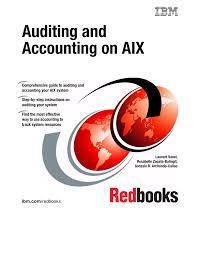Question
Accounting Rate of Return The accounting rate of return (ARR) uses accounting information to measure the profitability of an investment. Although there are alternative ways
Accounting Rate of Return
The accounting rate of return (ARR) uses accounting information to measure the profitability of an investment.
Although there are alternative ways of performing the calculation, the generic formula is as follows: Accounting rate of return = Average net profit / Average investment.
Here, both profit and investment are measure in accounting terms and averaged over the life of the project. For example, a five-year project that cost $100,000 and has a zero salvage value would have an average investment of $100,000 / 5 = $20,000. If the aggregate profit over the five years were forecast to be $25,000, the average annual net profit would be $5,000. Thus, the projects ARR would be $5,000 / $20,000 = 25%.
Proponents of the ARR cite the following advantages: (1) It is simple to use and understand. (2) It can be readily calculated from accounting data, unlike NPV and IRR. (3) It incorporates the entire stream of income as opposed to looking at only a single year.
What is your opinion of the ARR? Does it have any weaknesses compared to NPV or IRR? Should healthcare organizations use ARR to make capital budgeting decisions?
Step by Step Solution
There are 3 Steps involved in it
Step: 1

Get Instant Access to Expert-Tailored Solutions
See step-by-step solutions with expert insights and AI powered tools for academic success
Step: 2

Step: 3

Ace Your Homework with AI
Get the answers you need in no time with our AI-driven, step-by-step assistance
Get Started


